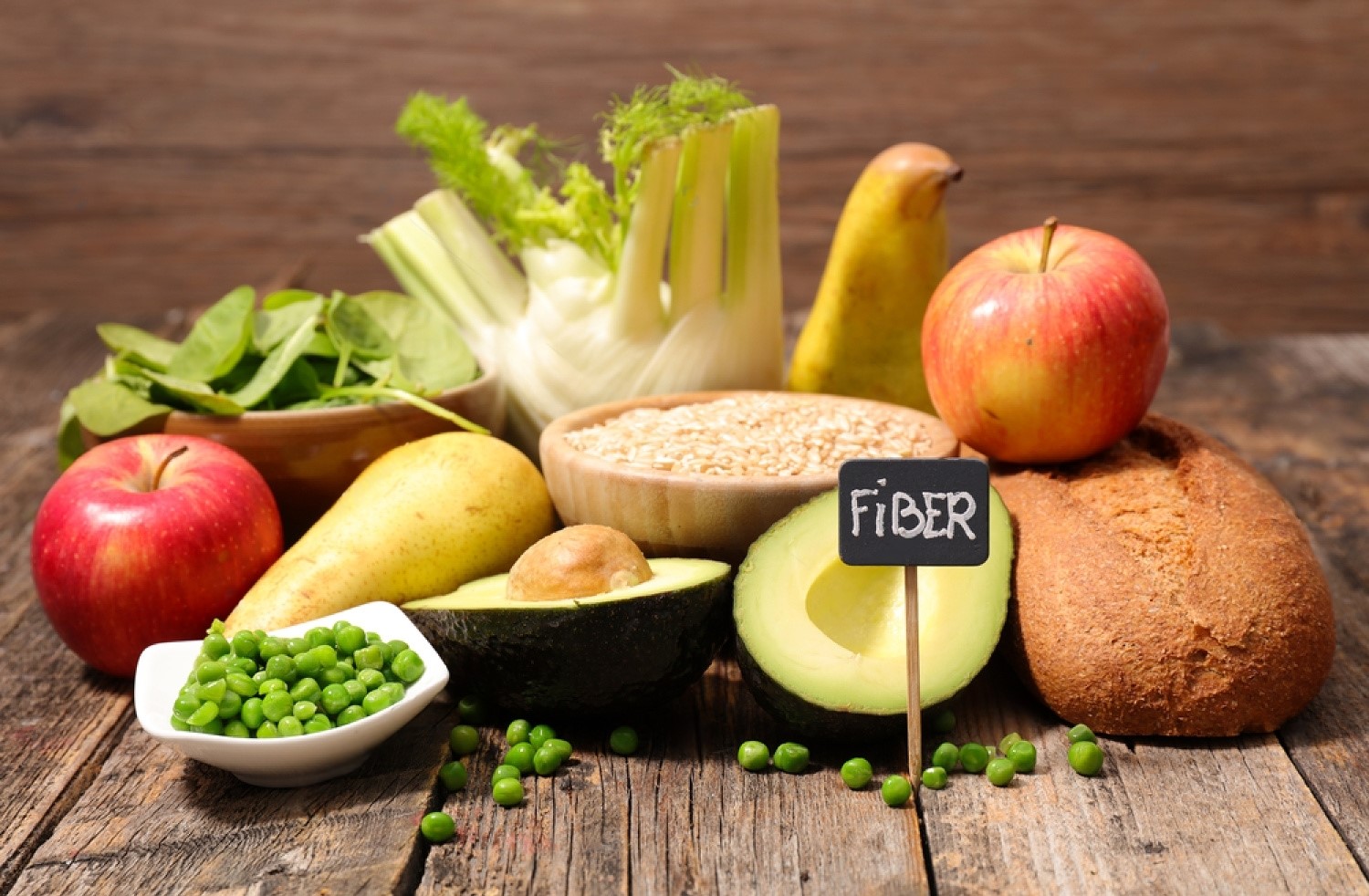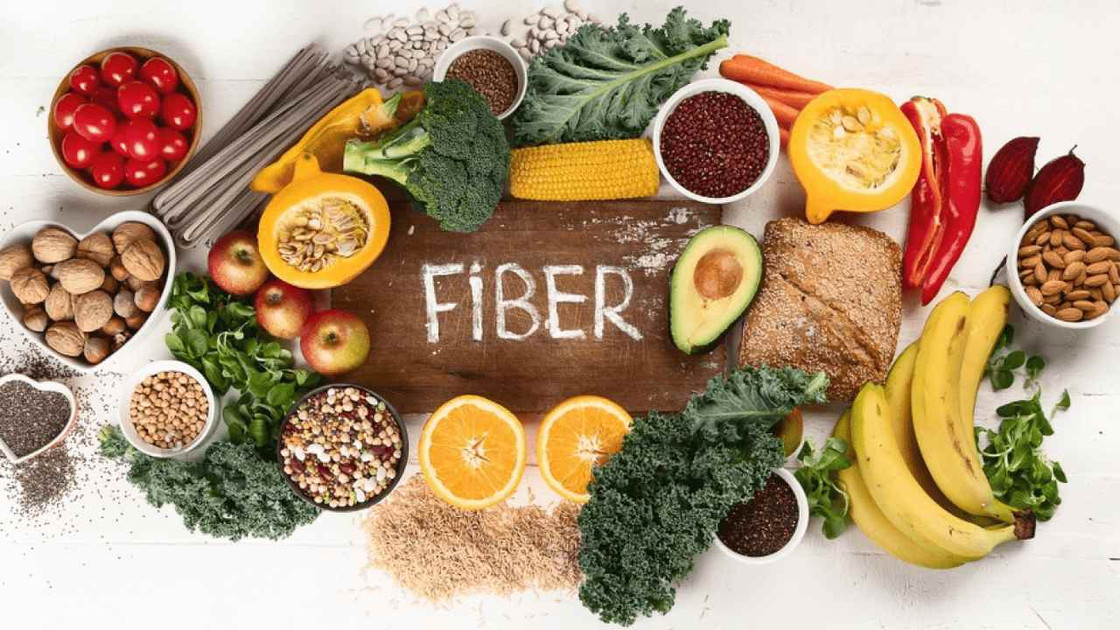The Importance Of A Fiber Diet
Posted by DrNatura® on Mar 22nd 2023
What’s all the buzz about fiber?
If you are interested in good health, paying attention to your fiber intake can do wonders. Dietary fiber is a naturally-occurring, non-digestible carbohydrate found in plants. And, fiber has many beneficial effects in the body, from lowered blood cholesterol to relief from occasional constipation. Yet, many of us don’t consume enough dietary fiber.
Health Benefits of Fiber
Diets low in saturated fats and cholesterol and rich in fruits, vegetables and grains that contain some types of dietary fiber, particularly soluble fiber, may reduce the risk of heart disease, a disease associated with many factors. In addition, dietary fiber helps maintain regular bowel movements, aids digestion and promotes post-meal satiety, which may help you feel full.
The recommended dietary fiber intake for both kids and adults is 14 grams for every 1,000 calories consumed, or 25 grams per day for women and 38 grams per day for men. Despite the importance of dietary fiber, few of us are getting enough. In fact, U.S. adults and kids are getting, on average, less than half the fiber they need daily.
Soluble Fiber
There are two forms of fiber: soluble and insoluble fiber. Soluble fiber is combined with water during digestion and turns into a gel-like substance that slows down the digestive process. Soluble fiber helps lower cholesterol by decreasing the absorption of cholesterol from food and beverages, and it may also reduce the amount of cholesterol produced in the liver. Additionally, by slowing digestion, soluble fiber delays the body’s absorption of glucose after a meal and therefore helps maintain normal blood glucose levels.
Many foods have a mix of both soluble and insoluble fiber. However, good sources of soluble fiber include oat bran, barley, nuts, seeds, beans, lentils, peas and some fruits and vegetables.
Insoluble Fiber
Insoluble fiber speeds up the passage of food through the intestines and adds bulk to stool. Regular, healthy bowel movements can reduce constipation and make stools softer and easier to pass. Good sources of insoluble fiber include wheat bran, vegetables and whole grains.
Getting More Dietary Fiber
The best way to get more dietary fiber is by taking a look at your current diet and seeing where you can make some changes. Choose fruits and vegetables more often and eat the skin if possible. Opt for whole grains versus refined grains (white bread and pasta are examples). Look for brown rice, whole grain pasta and whole grain breads and cereals. Also, become a label reader and compare different brands of the same type of food. Choose those that are higher in dietary fiber.
When you increase your fiber intake, you may notice bloating, gas and possibly even stomach cramps. Therefore, increase your dietary fiber intake gradually. And, pay attention to your fluid intake. Water helps fiber pass through the digestive system.

Selected Foods That are High in Dietary Fiber
| Food | Serving Size | Fiber (grams) |
| Barley | ½ cup (measured dry) | 15.6 |
| Beans, navy, red, lima, kidney, pinto, black, refried, white, garbanzo (chickpeas), great northern cooked | ½ cup | 6.2 – 9.5 |
| Peas, frozen, cooked, boiled, drained | ½ cup | 4.4 |
| Plums, dried (prunes) | ½ cup | 3.9 |
| Pumpkin, canned | ½ cup | 3.5 |
| Spinach, frozen, chopped, cooked, boiled and drained | ½ cup | 3.5 |
| Cereal, Kellogg’s Raisin Bran | ½ cup | 3.4 |
| Spaghetti, whole wheat, cooked | ½ cup | 3.1 |
| Blueberries, raw | 1 cup | 3.5 |
| Mixed nuts, dry roasted | 1 oz | 2.6 |
| Waffles, plain, frozen, toasted | 1 | 0.8 |
If your diet doesn’t contain enough dietary fiber, you may want to consider a fiber supplement. Some fiber supplements, like those that are tasteless, can be easily added to a variety of recipes and even used in some baked goods (mix all dry ingredients first and then mix the dry and moist ingredients together).Fiber has many beneficial roles in the body, yet the 2020 Dietary Guidelines for Americans indicates that fiber is a “nutrient of concern” because the majority of Americans are not consuming enough. So, take a look at your diet and see where you can add more fiber. And remember to chew your fiber-rich foods carefully since some of the health benefits associated with fiber require the fiber to be solubilized.
In addition, consume your fiber rich foods and supplements at a different time of the day then your mineral supplements and any medications you are taking since fiber can interfere with the absorption of some minerals and medications.
Disclaimer: This information is meant to be used for educational purposes. These statements have not been evaluated by the Food & Drug Administration. These ingredients and DrNatura is not intended to diagnose, treat, cure or prevent any diseases.DrNatura alone can not help with weight loss. A total weight loss plan where DrNatura is include may help with healthy weight loss.
As with any medical information on health, it is always best to check with your personal physician who knows your medical history best since they are more qualified in giving you the best recommendation. Our information, advice or recommendation is not intended to be a substitute for professional medical advice, diagnosis, or treatment. Always seek the advice of your physician or other qualified health provider with any questions you may have
References
1 Anderson JW, Baird P, Davis, RH, Ferreri S, Knudtson M, Koraym A, Waters V, Williams CL. Health benefits of dietary fiber. Nutr Rev 2009;67:188-205.
2 NIH Publication No. 11-3021. Hemorrhoids. National Digestive Diseases Information Clearinghouse (NDDIC). http://digestive.niddk.nih.gov/ddiseases/pubs/hemorrhoids/
3 NIH Publication No. 07-2754. Constipation. National Digestive Diseases Information Clearinghouse (NDDIC). http://digestive.niddk.nih.gov/ddiseases/pubs/constipation/
4 Slavin JL. Dietary fiber and body weight. Nutrition 2005;21:411-8.
5 U.S. Department of Agriculture and U.S. Department of Health and Human Services. Dietary Guidelines for Americans, 2020 - 2025. 9th Edition, Washington, DC: U.S. Government Printing Office, December 2020. https://www.dietaryguidelines.gov/sites/default/f...
6 Castro IA, Barroso LP, Sinnecker P. Functional foods for coronary heart disease risk reduction: a meta-analysis using a multivariate approach. Am J Clin Nutr 2005;82:32-40. http://www.ajcn.org/lookup/pmid?view=long&pmid=16002797
7 Medline Plus. National Library of Medicine, National Institutes of Health. Fiber. Updated 7/22/2010. http://www.nlm.nih.gov/medlineplus/ency/article/002470.htm
8 U.S. Department of Agriculture, Agricultural Research Service. 2011. USDA National Nutrient Database for Standard Reference, Release 24. Nutrient Data Laboratory Home Page, http://www.ars.usda.gov/ba/bhnrc/ndl


